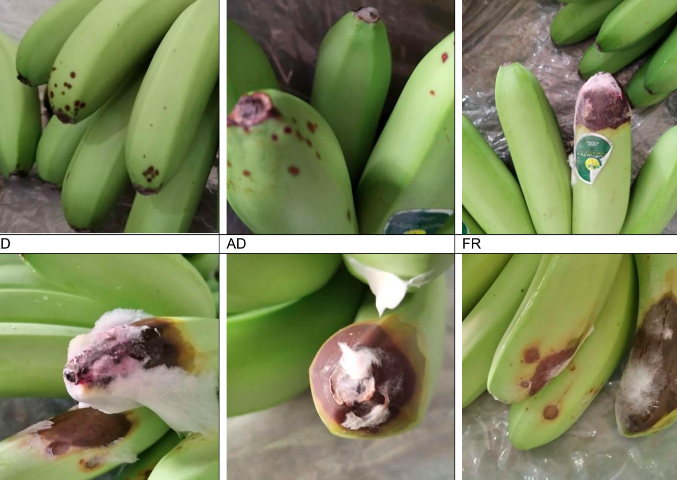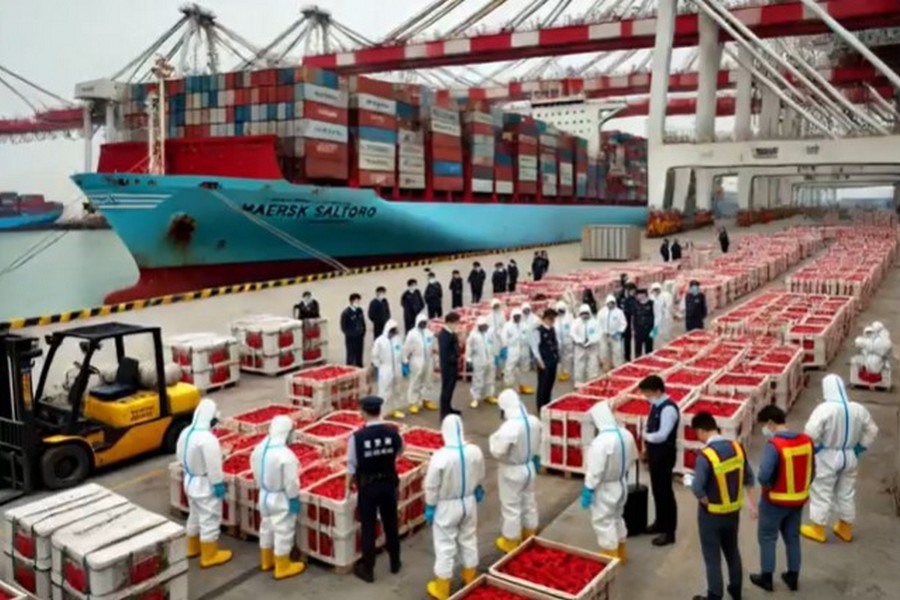Save your business from losses: Master the art of avoiding unsuccessful banana claims

How to make sure grapes are not spoiled in transit?
November 1, 2022
Don’t let transit delays cost you – protect your perishable cargo
March 27, 2023Banana export is a significant industry, but cargo damages occur on a regular basis, leading to a financial loss for the exporter, freight forwarder, or marine insurance company. It is essential to understand the challenges and mistakes to avoid claims being rejected by ocean carriers.
Challenges in Shipping Banana Cargo
Transporting bananas requires a controlled temperature and humidity environment, and any deviation from this can lead to cargo damage. Additionally, shipping conditions, such as reefer malfunction, improper handling, or transit delays, can also damage the cargo. Therefore, it is crucial to ensure proper handling, monitoring, and communication during transportation.
Case Study: Dealing with Rejected Claims
Recently, a banana exporter faced a problem when all the shipped containers’ bananas got damaged. The shipping line rejected the claim. The exporter had not followed the required packaging standards, and the bananas had bruises due to improper packaging. In addition bananas were hotstuffed at +31C. The shipping line did not accept the claim as the damage was preventable.
Unrecovered cargo claims can cause exporters, freight forwarders, and maritime insurers to suffer large financial losses. It can also lead to decreased customer trust, loss of business, and a negative impact on the industry as a whole.
What Makes Banana Cargo Claims Recoverable?
Assuming that banana damage was not due to the exporter’s fault bellow list of actions can further determine the recoverability of banana cargo claims:
- Following proper packaging, handling, and cargo pre-cooling for shipment standards
- Maintaining the proper temperature and humidity during transportation
- Prompt reporting of damages and collecting claim-supporting documentation
- Effective communication between all parties involved
- Timely submission of the claim with supporting evidence and regular follow-up with the liable carrier.
In conclusion, preventing cargo damage before shipment and having evidence proving that the exporter duly packed, stuffed, and pre-cooled cargo prior to loading is vital to recover cargo claim from the shipping line. By following the good practices listed in this article cargo interest can ensure safe banana exports and claims recoverability, in case bananas get damaged in transit.



